The Esquire Guide to Single Malt Scotch Whiskies

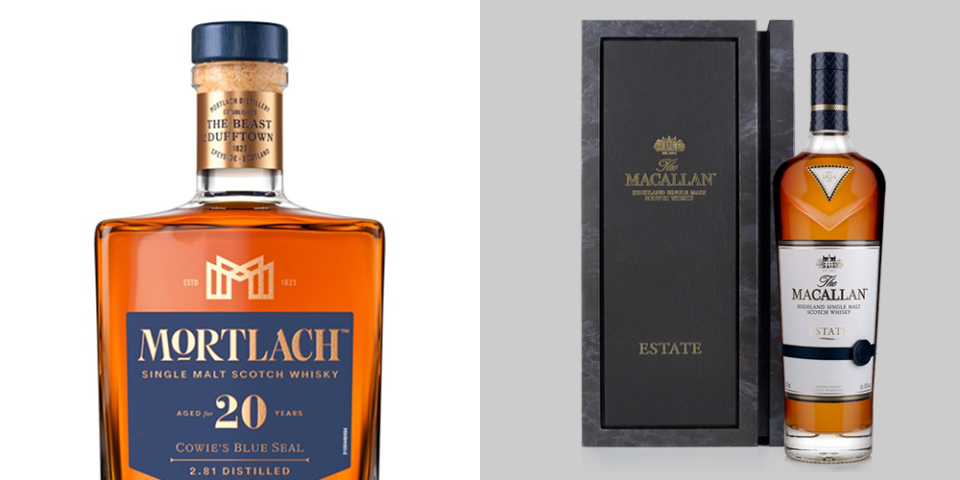
It’s a good time to enjoy Scottish single-malt whisky. Recent years have seen a steady trickle of distilleries opening, while established brands have been upping their game with innovative releases – not only to keep them at the forefront of the whisky market but also to see off the challenge of its noisy shelf-neighbour, gin.
Unless you’re a whisky-drinking veteran, deciphering the codes on a bottle label can be a challenge, so in this guide we’ll run you through some of the jargon and share our whisky recommendations, based on our recent taste tests and the Esquire editors’ top picks, that should suit a whole range of tastes and budgets.
Skip straight to our whisky recommendations
What is a single-malt whisky?
Before delving into some of the finer whisky details, it’s worth a quick reminder of the difference between single malt and blended malt. A ‘single malt Scotch whisky’ is the product of a single Scottish distiller, although the barley can come from multiple locations and the distillery can blend various casks to produce the finished drink.
A ‘blended malt Scotch whisky’ is a combination of two or more single malts, whereas a ‘blended whisky’ can also include other grains. Now, onto some of the other factors that determine style, price and flavour…
Age
The age of a whisky usually takes the lead when determining its price and perceived quality; the more time a whisky has been in contact with oak, the more flavour is extracted from the wood and the longer it can mingle and mellow with the other flavours. It’s no wonder that distilleries proudly display the age on the package, with older releases often receiving some sort of fancy typographic flourish.
To be called a Scotch whisky, the spirit has to spend a minimum of three years in a cask, with the ‘age statement’ being the youngest whisky used in any bottling. Despite some folks’ insistence that maturity matters, young whiskies are not to be dismissed, and there are also some excellent whiskies available who consider it rude to be asked their age. Known as ‘non-age statement’ whiskies, these products usually have younger whiskies within a blend and leave their age undisclosed – ignore them and you’ll be missing out on some of the most exciting releases around.
Cask type
With the production of the base whisky spirit requiring just three ingredients – barley, water and yeast – it’s the wooden casks in which it matures that provide the most flavour and offer the distiller the most room for experimentation. You’ll often find basic information about the casks printed prominently on the label, which can include the type of wood (eg American Oak, European Oak); the previous contents of the cask imparting their own flavours into the spirit (eg Sherry Cask, Bourbon Cask); or the number of cask types used to produce the final whisky (eg Double Oak, Triple Wood).
Some distilleries, such as Glenfiddich, like to innovate with casks, giving them the opportunity to market their product to a generation of drinkers who demand something new all the time (we’re looking mostly at you, gin fans). Recent releases include an ‘IPA Experiment’, which uses casks seasoned with a specially brewed IPA and a more lavish 23-year-old Grand Cru release, finished for four months in French oak casks that had the former job of maturing wine for Champagne.
Strength
The minimum strength required by law of a Scotch whisky is 40% ABV, and most of the mainstream brands are bottled at this mark or a little stronger, with pure, flavourless water on diluting duties. Any whisky labelled ‘cask-strength’ is bottled without being diluted first and will have a much higher level of alcohol.
This practice is becoming increasingly popular with consumers, allowing them to decide how much water to add to their glass (although be warned, tap water isn’t always the best choice). Limited edition releases are now routinely brought out at cask strength while an increasing number of distilleries are adding these high-strength bottles to their core range.
Rare releases, ghost distilleries and independent bottlings
Most distilleries release rare or limited-edition whiskies, hoping to attract a buzz within the industry and to open the wallets of drinkers looking for something a little more unique or collectors hoping for a good investment. But there are a handful of distilleries from which most single malts are rare releases.
The regions
According to law-makers the Scotch Whisky Association, there are five Scotch Whisky regions – Campbeltown, Highland, Islay, Lowland and Speyside. However, you will tend to find most people refer to a sixth region: the Islands, which the SWA includes with the Highland category.
Although there are no rules that distinguish how each region’s whisky should taste, there is a historical commonality to many of the whiskies that distinguishes them along these geographical lines.
Speyside
The cluster of distilleries surrounding the river Spey comprises the most densely populated whisky region in the world. You’ll find a lot of easy-going whiskies here along with an appreciation of the sherry cask, used to produce rich and fruity flavours.
Highland
This is the largest geographical whisky region in Scotland and offers drinkers a huge variety of styles, from big-hitting fruity spirits to light, grassy sippers and everything in between.
Island
You’ll find a handful of distilleries scattered around Scotland’s islands (excluding Islay), producing a mix of complex peaty expressions and fresher, lighter whiskies, each with their own unique island imprint (and plenty of island myths and legends surrounding them).
Lowland
In times gone by, drinkers in search of softer and smoother whiskies with a lightness of touch and fresh grassy notes would head to the southern third of Scotland. There are now only a few single malt producing distilleries here (this is mostly mass-production blend territory), but you’ll still find some traditional Lowland practices producing a variety of whisky styles.
Islay
This small Hebridean island has eight distilleries (with more on the way) and is famed for whiskies infused with the smoky aromas and flavours of peat (the fuel source islanders traditionally used for drying malt).
Cambeltown
This small town on the Kintyre peninsula was once home to over 30 distilleries, reputedly producing a wide range of whisky styles with an oiliness and salinity common to many of them. It now has just three, each creating their own special style of whisky.
Region-hoppers
Look at a map and you’ll notice that Speyside is in the middle of the Highland region. Originally a sub-region, official boundaries were only drawn up a decade ago and, to provide a bit of consumer confusion, a few distilleries prefer to label their whiskies as Highland even though they’re geographically part of the Speyside set.
How to drink Scotch whisky
What’s the best way to drink whisky? Whatever way you choose. However, most people agree that adding a drop or two of water will open out more flavours from your whisky, and you’ll almost certainly want to dilute some of the cask-strength editions to a level that best suits your preference. Besides water, other popular mixers include ginger ale, soda water and coke, with individual whiskies each reacting differently to their chosen partner.
As for what type of glass to use, we’ve been known to grab anything that comes to hand, but our favourite is the small, tulip-shaped classic produced by Glencairn. It’s the optimum vessel with which to hold, view, swirl, sniff and, most importantly, sip your whisky.
How we test
We recruited a panel of 10 testers, made up of experts and keen whisky enthusiasts, to give their thoughts on 27 single malt scotch whiskies. Catering for every palate, no matter where they sit on the flavour spectrum, these are the most highly rated drams to buy right now.
The best single malt scotch whiskies
1. Best single malt whisky
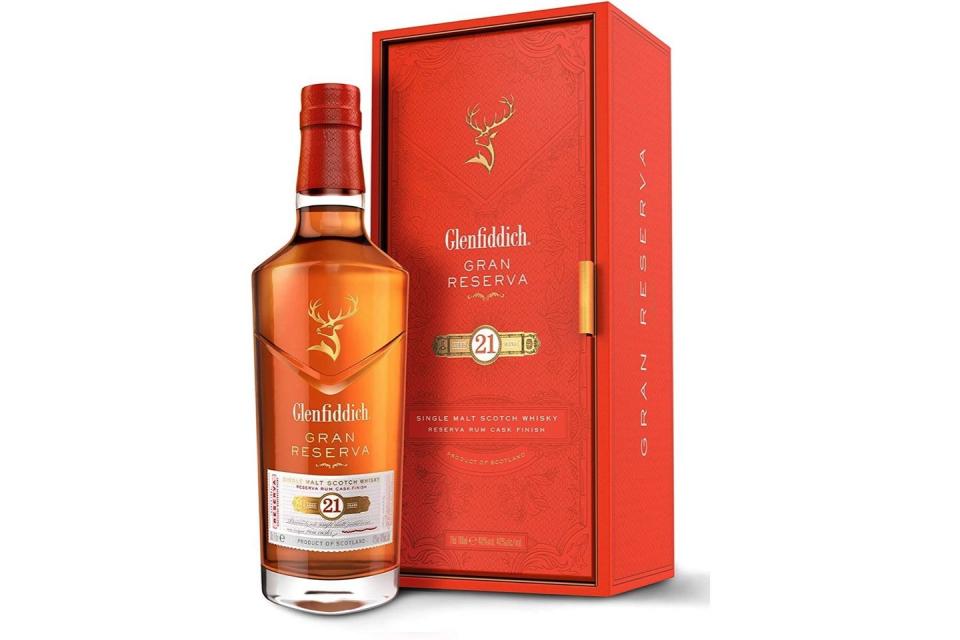
Glenfiddich 21 Year Old Reserva Rum Cask Finish 70cl, 40% ABV, £150
If you’re looking to go all out — this is the single malt that deserves your cash. It’s spent four months resting in ex-rum casks, which has imparted a splash of tropical fruit and juicy orange to the honey-hued malt. One to savour, the flavour continues to evolve the longer it’s in the glass, with buttery toffee and vanilla on the finish. Pure class — we’re confident you won’t find better.
2. Best single malt whisky under £50
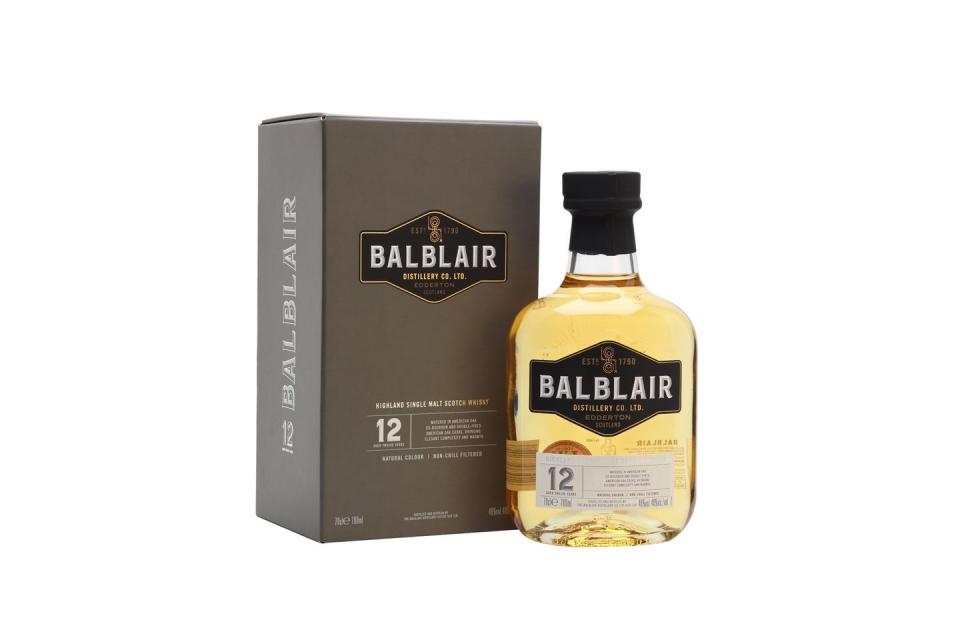
Balblair 12 Year Old 70cl, 46% ABV, £38.90
With change from 40 quid, it’s pretty impressive that this entry-level Balblair scored so highly with our panel of testers. Expect baked apples and pears up front, a touch of vanilla sponge and layers of almonds and spice, all wrapped up in a honey sweetness. A deliciously well-rounded drop, and an absolute steal.
3. Best 18-year-old single malt whisky
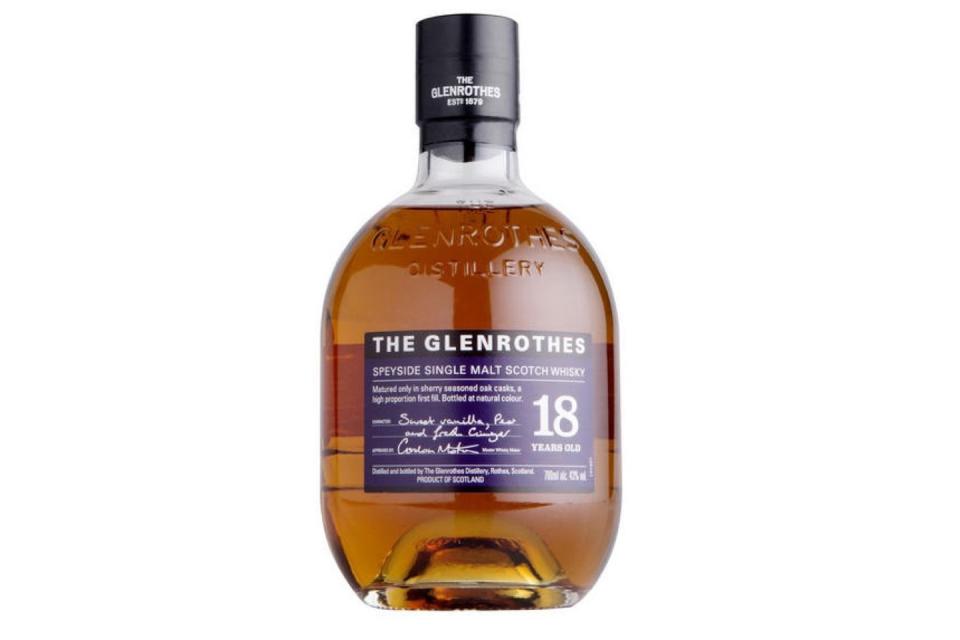
The Glenrothes 18-year-old Speyside Single Malt Scotch Whisky 70cl, 43%, £130
Looking for a rather special Speyside? We’ve found it. Having spent 18 years in ex-sherry casks, this complex whisky is packed with the extreme richness you might associate with pedro ximenez — think dried figs, raisins and coffee, lifted by a zesty orange peel note and touch of fresh ginger. Absolutely fantastic, whether drunk neat, with a splash of water or an ice cube.
4. Best fiery finish
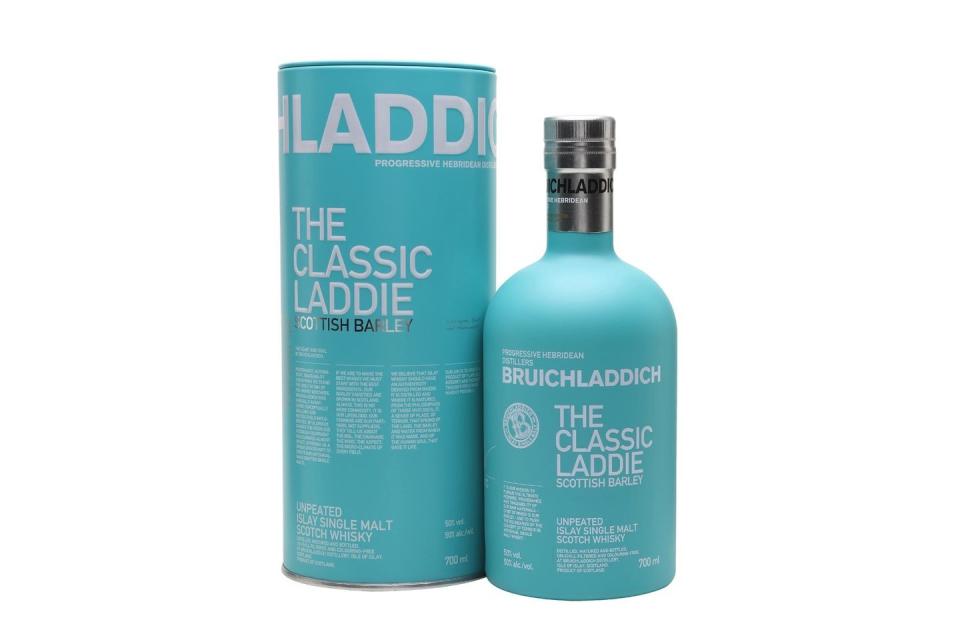
Bruichladdich Classic Laddie 70cl, 50% ABV, £42.95
Bruichladdich is an innovative distillery, extracting as much variety and flavour from local ingredients as possible and bottling the resulting whiskies in the best-looking, most modern packaging you’ll find on the shelves. With notes of barley sugar and baked apples, the unpeated Classic Laddie has a big fiery finish that will suit adventurous drinkers.
5. Best 16-year-old single malt whisky
Lagavulin 16 Year Old 70cl, 43% ABV, £69.95
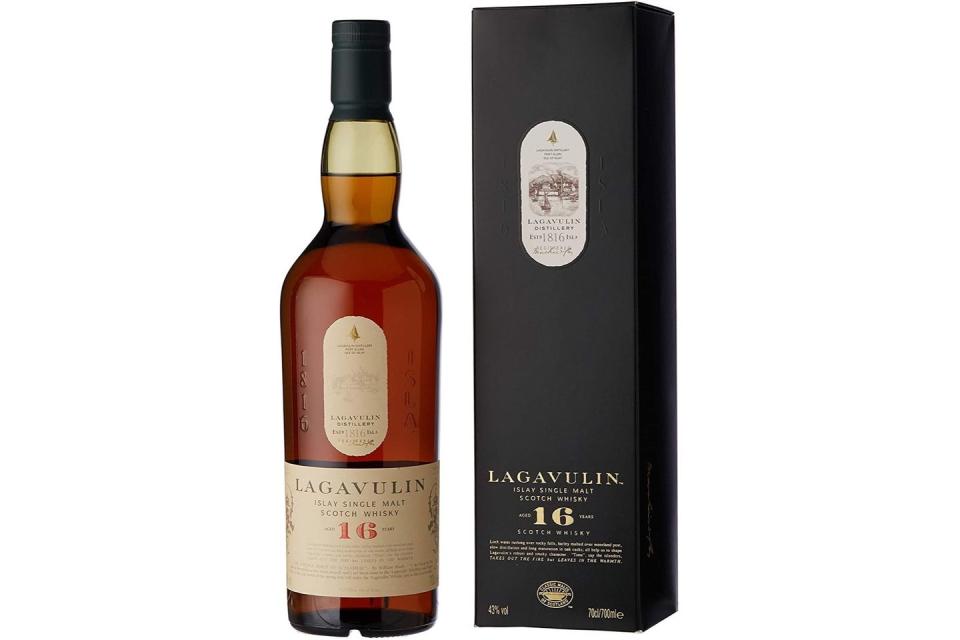
First time whisky drinkers best look elsewhere, but for those keen to shake up the taste buds, say hello to Lagavulin. Hailing from southern Islay, zingy lemon adds balance to what is a particularly peaty 16-year-old, with added layers of dried orange and pineapple, smoke and brine. It’s nothing if not distinctive.
6. Best single malt whisky for cocktails
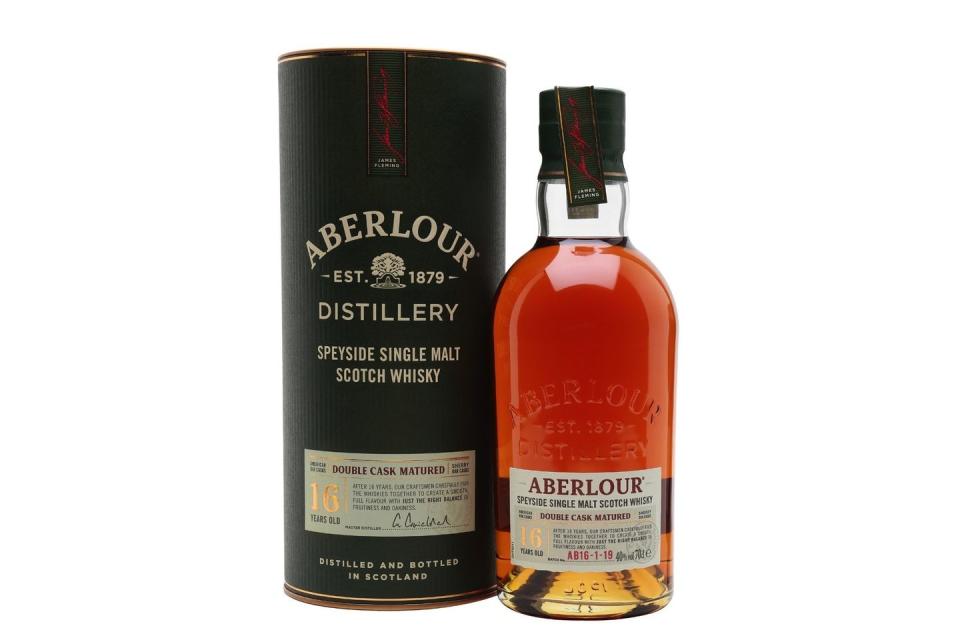
Aberlour 16 Year Old Double Cask 70cl, 40% ABV, £74.45
Matured in a combination of traditional bourbon oak, as well as sherry casks, our experts thought this had a whiff of digestive biscuit to it. Moving beyond that, the sweet, spicy fruit starts to appear, and a slight bitterness that means it would work well in a cocktail shaker.
7. Joint highest ABV
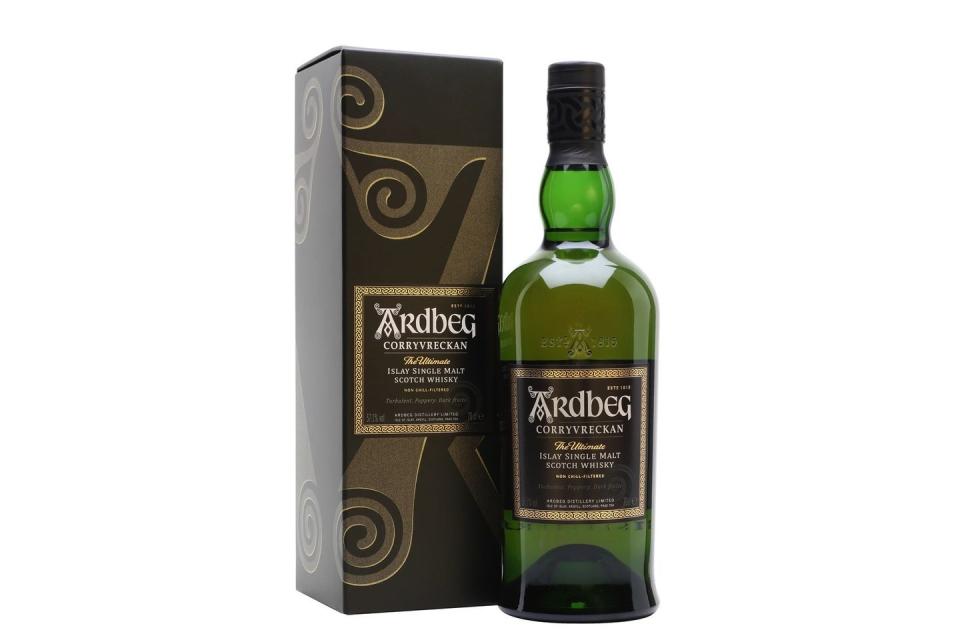
Ardbeg Corryvreckan 70cl, 57.1% ABV, £62.30
Ardbeg’s whiskies are among the most sought after in the world and its special releases usually sell out quickly, so while you’re waiting to pounce on the next limited-edition expression we suggest you enjoy Corryvreckan from the core range instead. It has an enticing woodsmoke aroma with some sherry sweetness and a spray of sea. On sipping, the peat flavour is prominent, but never overbearing, as it threads its way through citrus peel and tobacco, picking up subtle notes of toffee and nutmeg on the finish.
8. Joint highest ABV

Port Askaig 100° Proof 70cl, 57.1% ABV, £52.75
In order to ensure this whisky maintains its original flavour and character, Port Askaig forgoes the chill-filtering (which eliminates haze) and doesn't add any colouring either. The result? Buckets of earthy smoke, pepped up by lemon and lime zest, alongside an exciting, long medicinal finish.
9. Best winter spice flavour

The Macallan 12 Year Old Double Cask 70cl, 40% ABV, £54.95
The Macallan, one of the whisky brands most sought out by collectors, ages this indulgent 12-year-old in a mix of American oak and ex-sherry casks. The whisky is butterscotch sweet, with wintery spices punctuating a citrus freshness. Our panel found it incredibly smooth — making it a total winner for the winter months.
10. Best for delicate peat

Kilchoman Sanaig Single Malt Whisky 70cl, 46% ABV, £49.45
For more youthful, non-age statement supping, turn your tastebuds to Islay and the Kilchoman distillery, a relative whisky whippersnapper having been founded in 2005. The spirit that makes Sanaig has spent time in both oloroso sherry and bourbon casks, and this double-barrelled approach has delivered sweet peach and citrus flavours alongside some leathery dried fruits, with a light, peaty smoke that turns to ash at the finish. Give this one a chance and you won’t be disappointed.
Editors’ Picks

Dewar’s Aberfeldy 40-Year-Old Single Malt Whisky 50.1%, £2,500
40 years residing in casks has made this limited-edition release so smooth and mellow that it makes other perfectly decent whiskies seem like dodgy moonshine in comparison. It has an incredibly alluring aroma of sweet lillies and you can taste soft grain flavours throughout, while those four decades have relaxed the oakiness into soothing cinnamon and clove. To make it that extra bit special, you can even arrange to bottle your whisky at the distillery where they’ll provide you with an extra dram to taste before you’re ready to uncork your expensive purchase. To get a taste of Aberfeldy’s whisky without dropping a couple of grand, then its excellent honey-sweet 12-year-old and 16-year-old expressions are well worth exploring.
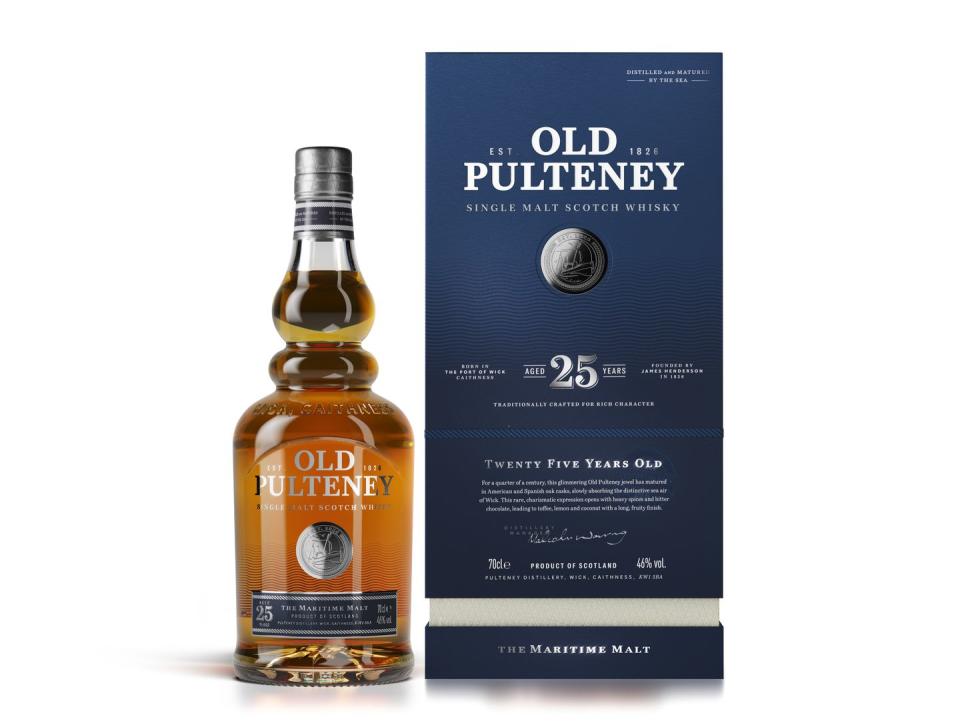
Old Pulteney 25 Year Old, 46%, £395
Benefiting from the invigorating salty sea air of the Caithness coast, this rare expression has had a quarter of a century to find its own mellow groove. First up, American oak adds a spicy sweetness, which is followed by time in Spanish casks for added depth. Expect hints of dark chocolate, creamy vanilla and toffee.

Laphroaig Quarter Cask Single Malt Whisky, 48%, £29
Another way of affecting the final flavour of the whisky is to use different sized barrels, as is the case with Laphroaig’s excellent Quarter Cask. Whisky from the distillery’s bourbon barrels are finished in casks a quarter of the size of regular casks, meaning there’s proportionally more wood that comes into contact with the whisky, mellowing and sweetening it before the peaty smoke emerges and leaves behind a long, dry finish.
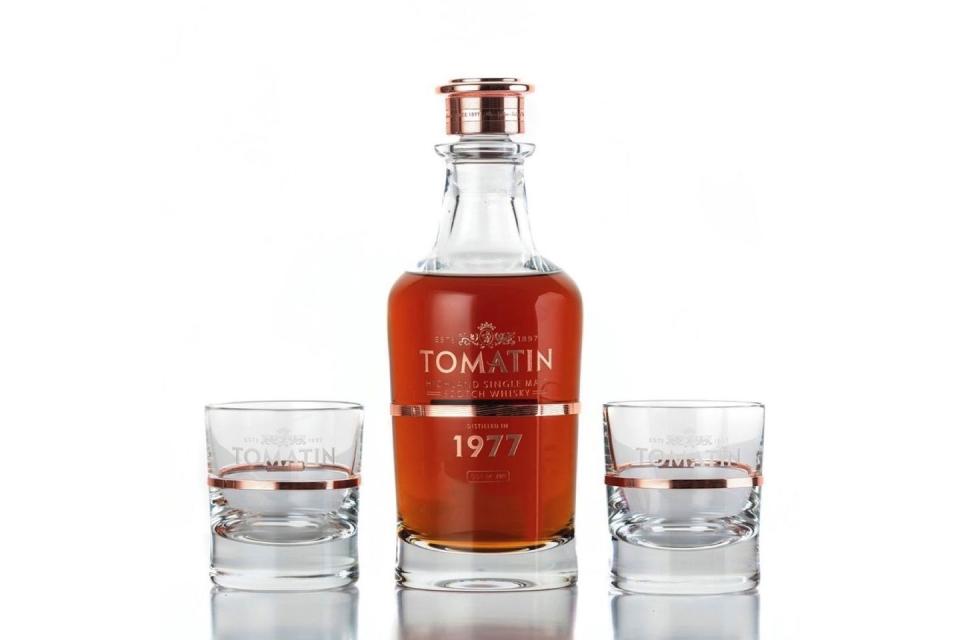
Tomatin 1977 42-Year-Old Single Malt Whisky, 49%, £2,895
This whisky began its wooden encasement in 1977 and has only just seen daylight, being bottled straight from the cask at 49%. The aroma is instantly tropical, with coconut and fruits to the fore, a likely result of the unusual choice of Sauternes wine casks for maturation. On the palate, some gingery spice joins the tropical party and it feels as if the whisky continues to age in your mouth, with the sweet ginger heat increasing in intensity while some lovely burnt toffee notes develop. At around £3,000 for one of only 390 bottles, it’s a luxury purchase. For a much more affordable dram, Tomatin has another excellent cask strength whisky bottled at 57.5% to its core range.

That Boutique-y Whisky Company Caperdonich 23-Year-Old Single Malt Whisky, 47.8%, £239.95
If you’re a keen consumer of exclusive products then keep your eye on independent bottlers – companies that buy whisky to bottle and brand themselves, occasionally with the whisky’s source left undisclosed. One such bottler is That Boutiquey Whisky Company, and it also has some Caperdonich in its possession. This 23-Year-Old tastes as if layers of incense and tobacco smoke have been dusted away to reveal a complex medley of tangy fruits and toffees. A glorious taste of history.
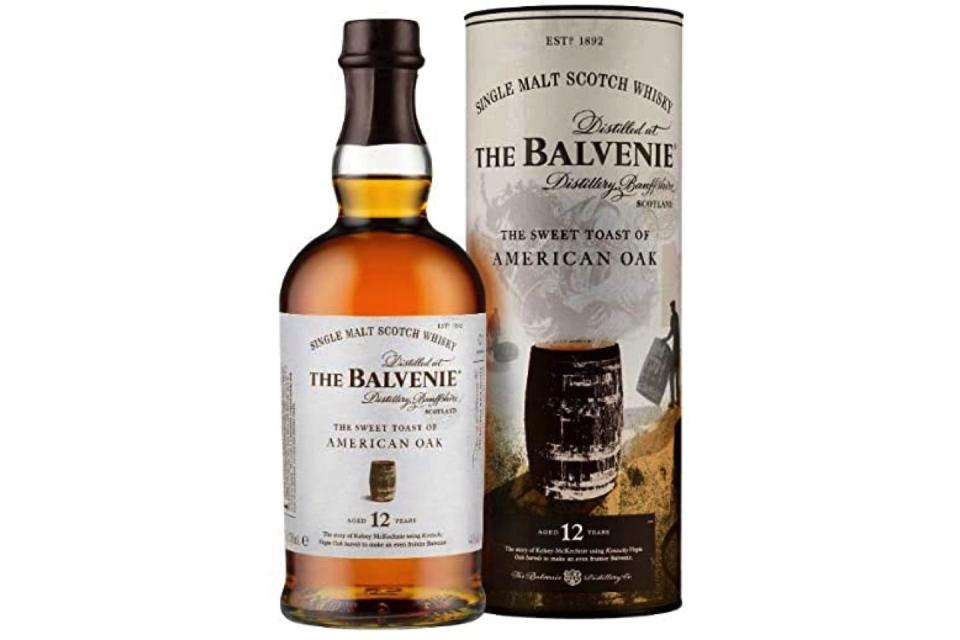
Balvenie Stories The Sweet Taste of American Oak 12 Single Malt Whisky, 43%, £42.75
Speyside contains some of the most popular whisky brands in the world, with William Grant & Sons Glenfiddich and Balvenie two of its biggest hitters. This 12-year-old whisky, the first of a series in its ‘Stories’ range, has been finished in heavily toasted virgin oak barrels from Kentucky. It has a sweet vanilla aroma and a taste that starts off light with citrus, vanilla and honey before some sweet cinnamon toast joins the fray towards the finish. Whiskies are meant to be steadily sipped: this is such an easy drinker that it’s hard not to get carried away.

Mortlach 26-Year-Old Single Malt Whisky, 53.3%, £1,699.95
The Mortlach distillery is said to epitomise the Speyside style and this dark, ruddy whisky is full of rich sherry cask flavours and also exhibits some of the trademark tastes of an age spent in wood: leather, tobacco and polish. For your fill of fruit, you get cake-ingredient favourites such as sultanas and raisins but there’s also dark plums adding juice and sweetness. The finish is big and long, leaving you tingling with spice and sucking your lips for every last drop of flavour. Superb.
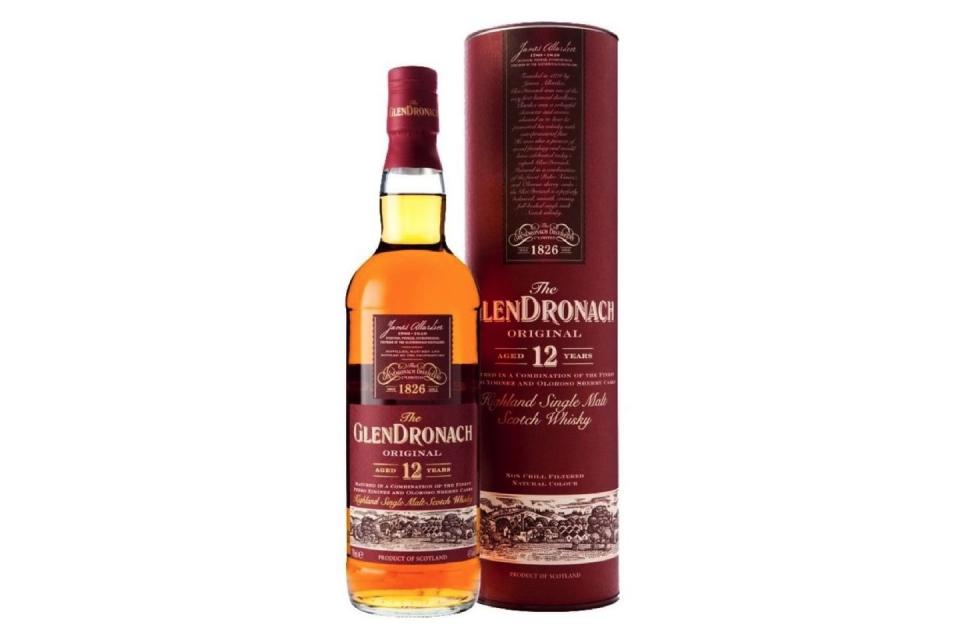
GlenDronach 12 Single Malt Whisky, 43%, £38.45
GlenDronach’s bottles are labelled with the year 1826, but the distillery has a turbulent history with its most recent reopening being less than 20 years ago. This 12-year-old is a heady mix of dried fruits, stewed apples, brown sugar and oaky spice with a sherry richness from being aged in Pedro Ximinez and oloroso casks. If there’s a winter chill in the evening air then this is the kind of dram that will bundle you up, warm your cockles and transform wherever you’re sitting into the cosiest leather armchair you could wish for.
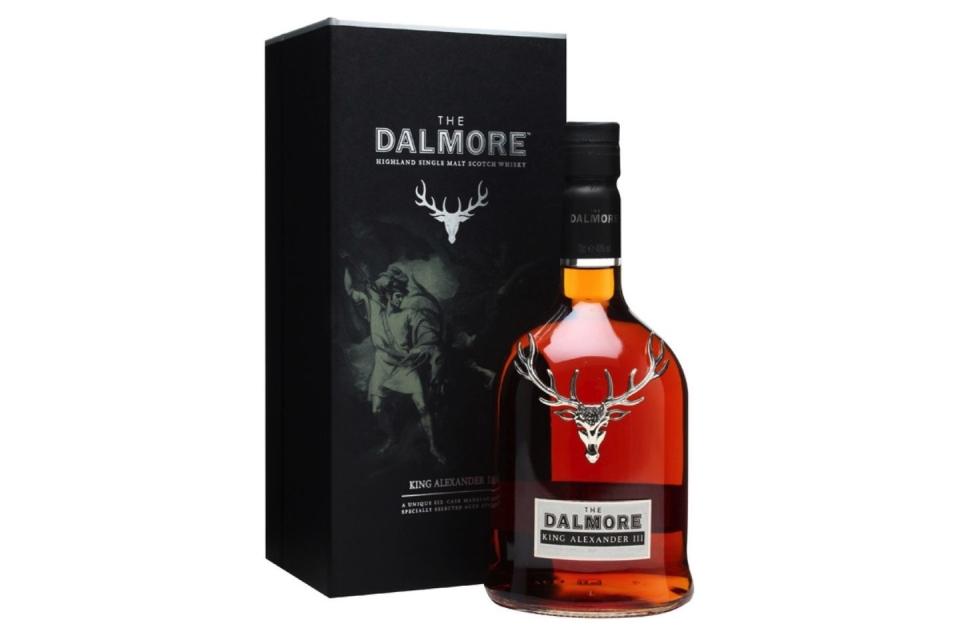
The Dalmore King Alexander III Single Malt Whisky 40%, £220
The Dalmore sends its whiskies out in some of the most imposing-looking bottles on the shelf, and this release certainly lives up to the packaging. It’s a rich and fruity highland malt, blended from six different casks – French wine, Madeira, sherry, marsala, port and bourbon – each one adding to its complexity. It’s smooth as silk, with zesty orange and winter fruit flavours soaked in a nutty, oaky liqueur. An excellent after-dinner soother and a masterpiece of whisky blending.
Alternatively, our taste test-approved Dalmore 12 Year Old Single Malt Whisky is a fraction of the price and scored highly with our testing panel.
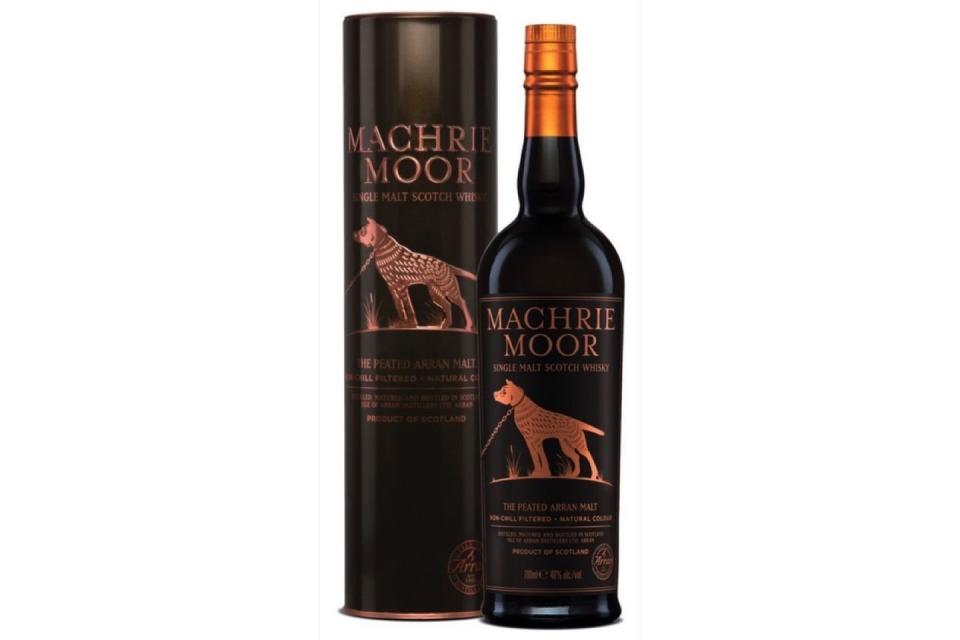
Arran Machrie Moor Peated Single Malt Whisky, 46%, £44.25
If you want legends, then look no further than the Isle of Arran. Machrie Moor is the site of a stone circle and mythical peat bog, where a giant warrior (Fingal) tethered a dog (Bran) to a stone (known as Fingal’s Cauldron Seat). This whisky has a grassy and zesty freshness, while an injection of peaty smoke plays in the background, giving some character to the sweeter, fruitier notes. A good choice for anyone making a first foray into peated whisky (and for fans of legendary tales).

Jura Tide 21 Years Single Malt Whisky, 46.7%, £106.95
The island of Jura sits just to the north of Islay but is wilder and more sparsely populated than its neighbour, with the tiny village of Craighouse containing the island’s only pub, shop and distillery. ‘Tide’ was launched alongside a whisky called ‘Time’ (a travel retail exclusive), and has spent most of its years in ex-bourbon barrels before being finished in virgin American white oak. This new wood has added a peppery snap to flavours of spiced biscuits, with softer honey and almond notes rounding out the edges. A gorgeous wild whisky tamed and polished by time and tide.
Alternatively, our taste test-approved Isle Of Jura Journey is a fraction of the price and scored highly with our testing panel.
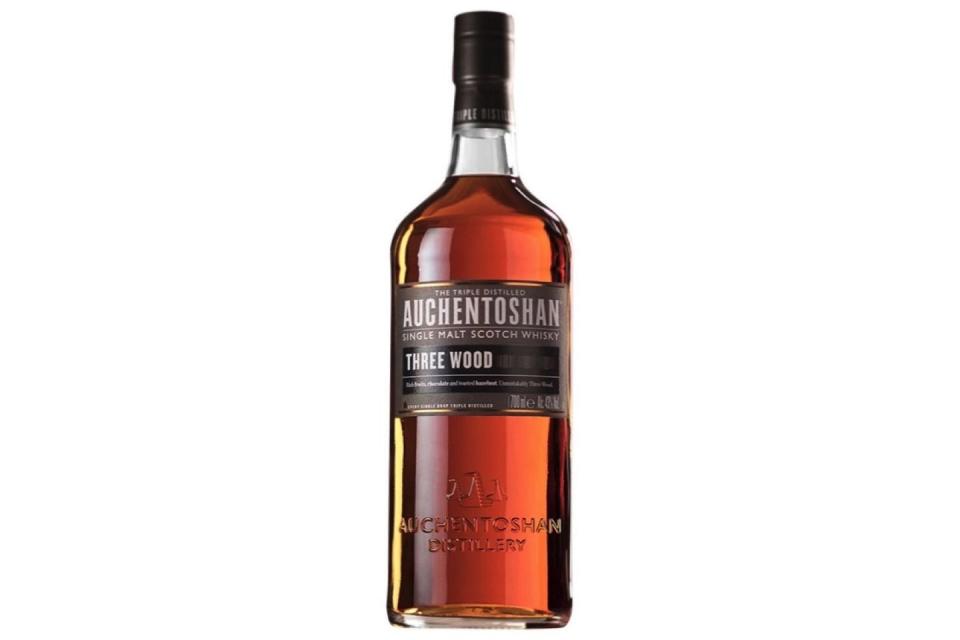
Auchentoshan Three Wood Single Malt Whisky, 43%, £48.75
Triple distilling is a production peculiarity that helped distinguish Lowland whisky from other regions (where double distillation is the norm), softening and lightening the character of the spirit to allow the barrel flavours to shine through. Auchentoshan is the only Scottish distillery that still adheres to this practice (it’s more common in Ireland) and in this non-age statement release, it helps tease extra goodness from the bourbon, oloroso and pedro ximinez casks used for ageing and finishing. It oozes with stoned fruit flavours – plums, cherries and anything else you might lob into a stewed pudding – before the wood flavours emerge, sticky and dripping with sweet, boozy juices.
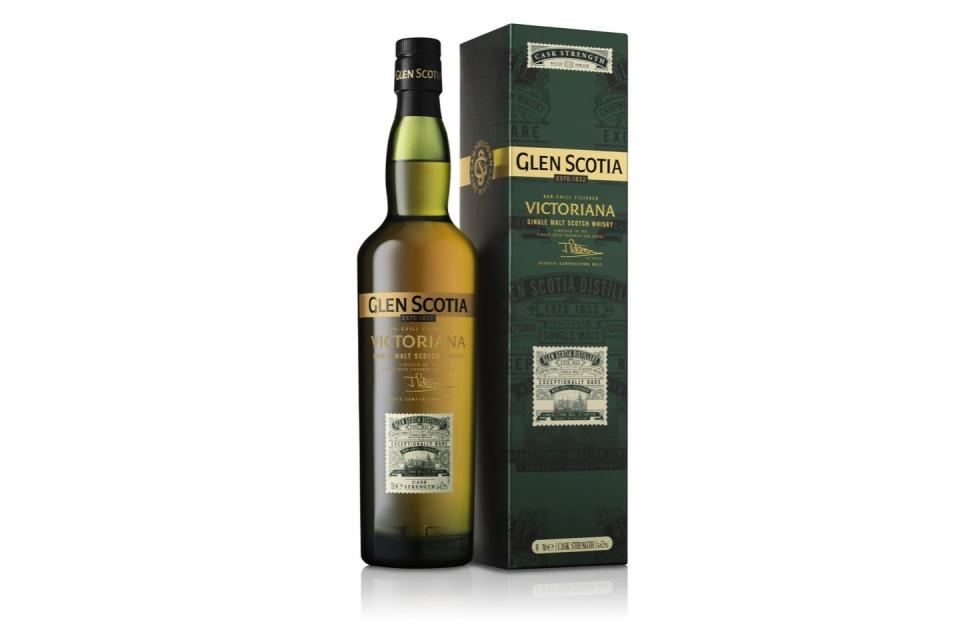
Glen Scotia Victoriana Single Malt Whisky, 51.5%, £64.95
Glen Scotia’s Victoriana harks back to an era when Campbeltown was known as the whisky capital of the world, and it’s an old-fashioned, bold spirit that’s ideal for modern drinkers who like a bit of weight to their whisky. It brings to our mind toasted hazelnuts with a honey coating: there’s some good, nutty depth to it, which is balanced by a smooth sweetness. It’s a strong flavoured spirit, exaggerated by an oily texture that helps to draw out the charred notes, but balance is again restored by a spike of bitter lemon flavour. This one’s very interesting whisky that grows on you with every sip.
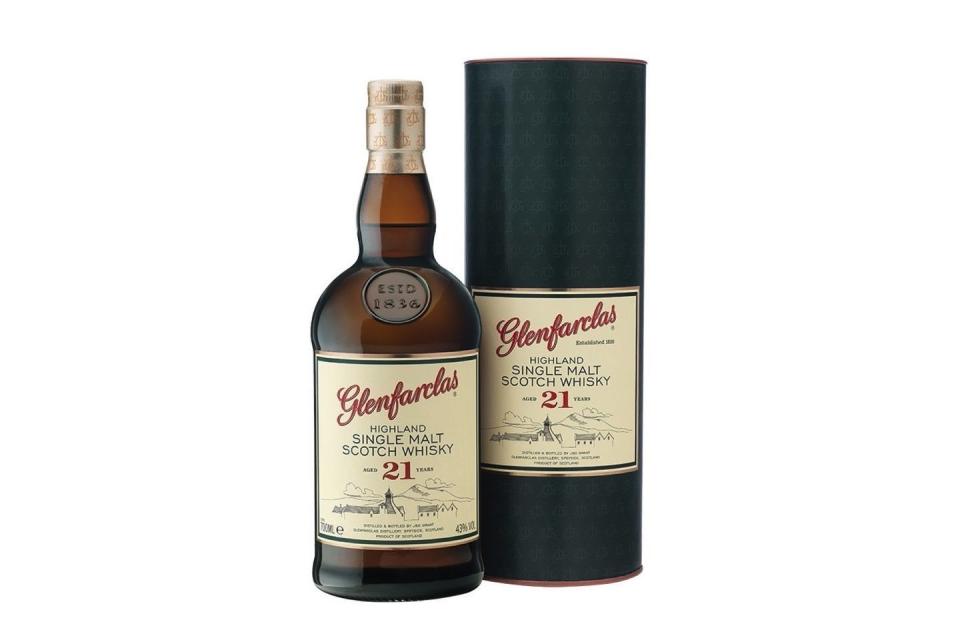
Glenfarclas 21 Single Malt Whisky, 43%, £93.95
Regardless of what region you wish to explore, Glenfarclas is a distillery well worth getting to know, with a range of outstanding single malts that are better value than most similarly aged whiskies from elsewhere. At 21 years old, the whisky has matured to super-smooth satisfaction, transforming the fruity sherry cask and barley flavours into a slick, malty nectar, with the oak and spices so well polished that they glide on by without causing the merest twitch or tremor to the senses. Sheer elegance.
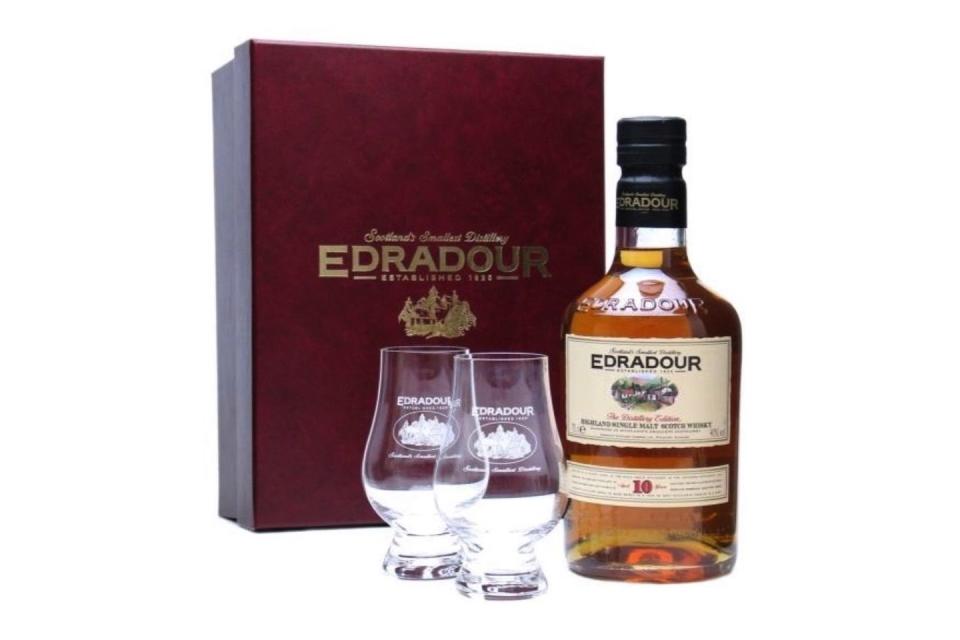
Edradour 10 Gift Pack, £49.90
If you’re in the market for some Glencairn glasses then use it as an excuse to bag another whisky to increase your stocks. This set includes two glasses branded with an illustration of Edradour’s tiny distillery, packaged with a richly hued whisky, thick with custard and fruity, stem ginger flavours. It’s one that really appreciates a drop of water or the company of a mixer, making it a good option to experiment with alternative serving suggestions.
Nick Moyle is a drinks writer and one half of Two Thirsty Gardeners. Follow him on Twitter.
Stacey Smith is a food and drink writer, and founder of Crummbs. Follow her on Instagram.
Like this article? Sign up to our newsletter to get more delivered straight to your inbox.
You Might Also Like


